Exploring the DHT11 Sensor: A Beginner's Guide
In the world of electronics and IoT (Internet of Things), sensors play a pivotal role in collecting data from the physical world. One such sensor that has gained popularity for its simplicity and effectiveness is the DHT11 sensor. This component is widely used for measuring temperature and humidity levels in various applications, from home automation to weather monitoring systems. In this article, we'll delve into the workings of the DHT11 sensor, its features, applications, and how to use it effectively.
Catalog
What is the DHT11 Sensor?
DHT11 digital temperature and humidity sensor is a temperature and humidity digital temperature and humidity sensor that is calibrated at the factory and outputs a digital signal. DHT11 digital temperature and humidity sensor applies temperature and humidity sensing technology and digital acquisition technology to ensure its extremely high reliability and excellent long-term stability.
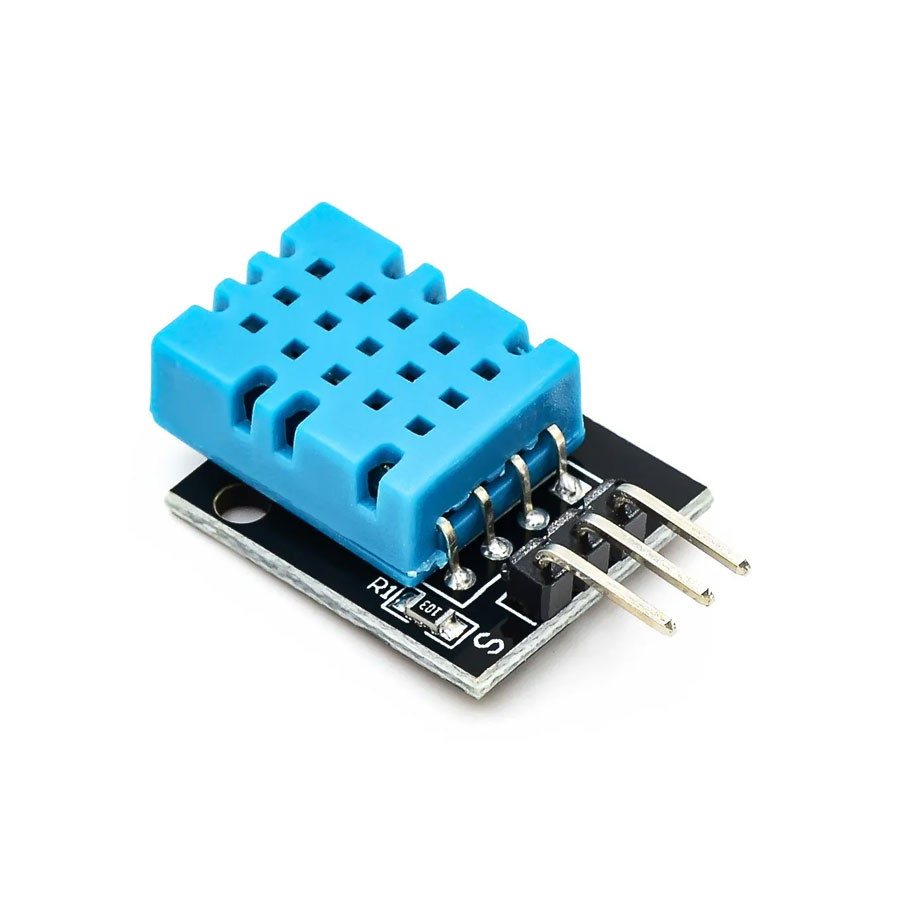
Figure1-DHT11 sensor
The DHT11 digital temperature and humidity sensor has a built-in resistive humidity sensing element and an NTC temperature measuring element and is connected to a microcontroller (inside the DHT11 digital temperature and humidity sensor). Each DHT11 digital temperature and humidity sensor is calibrated in a highly accurate humidity calibration chamber. The calibration coefficients are stored in the sensor in the form of a program, and these calibration coefficients are called inside the sensor during the processing of the detection signal. DHT11 digital temperature and humidity sensor uses a single-wire serial interface, making system integration easy and fast. DHT11 digital temperature and humidity sensor has the advantages of excellent quality, ultra-fast response, strong anti-interference ability, extremely cost-effective, ultra-small size, and extremely low power consumption, making it an ideal choice for temperature measurement and humidity measurement applications; in harsh applications best choice. The product is a 4-pin single-row pin package and is easy to connect.
Temperature and humidity sensor DHT11 characteristics
- It can measure humidity and temperature.
2. Digital output, the output is calibrated.
- Excellent long-term stability.
- No additional parts are required for application.
- Ultra-long signal transmission distance (use a 5K pull-up resistor when the length of the connection line is shorter than 20 meters, and use an appropriate pull-up resistor according to the actual situation when it is longer than 20 meters).
- Temperature and humidity sensor DHT11 has the advantage of ultra-low energy consumption in application.
- The temperature and humidity sensor DHT11 is installed with 4 pins.
Temperature and humidity sensor DHT11 package size and pin information

Figure2-DHT11 Pinout
DHT11 Pinout Configuration
|
No: |
Pin Name |
Description |
|
For DHT11 Sensor |
||
|
1 |
Vcc |
Power supply 3.5V to 5.5V |
|
2 |
Data |
Outputs both Temperature and Humidity through serial Data |
|
3 |
NC |
No Connection and hence not used |
|
4 |
Ground |
Connected to the ground of the circuit |
|
For the DHT11 Sensor module |
||
|
1 |
Vcc |
Power supply 3.5V to 5.5V |
|
2 |
Data |
Outputs both Temperature and Humidity through serial Data |
|
3 |
Ground |
Connected to the ground of the circuit |
Temperature and humidity sensor DHT11 serial interface (single line two-way)
DATA is used for communication and synchronization between the microprocessor (except the temperature and humidity sensor DHT11) and the DHT11. It adopts a single-bus data format. One communication time is about 4ms. The data is divided into decimal part and integer parts. The operation process is as follows:
- A complete data transmission is 40 bits (BIT), with the high bit coming out first.
2. Data format: 8-bit (BIT) humidity integer data + 8-bit (BIT) humidity decimal data + 8-bit (BIT) temperature integer data + 8-bit (BIT) temperature decimal data + 8-bit (BIT) checksum.
- When the data is transmitted correctly, the checksum data is equal to the result of "8-bit (BIT) humidity integer data + 8-bit (BIT) humidity decimal data + 8-bit (BIT) temperature integer data + 8-bit (BIT) temperature decimal data" The last 8 digits.
4. After the microprocessor (except the temperature and humidity sensor DHT11) sends a start signal, DHT11 switches from low-power mode to high-speed mode. After waiting for the start signal of the microprocessor to end, DHT11 sends a response signal and sends out 40-bit (BIT) data. , and trigger a signal acquisition, the microprocessor can choose to read part of the data. In slave mode, DHT11 receives a start signal to trigger a temperature and humidity collection. If it does not receive a start signal from the microprocessor, DHT11 will not actively collect temperature and humidity. After collecting data, it switches to low-speed mode.
The communication process is shown in the figure below:

Figure3-communication process
The idle state of the bus is high level. The microprocessor (except the temperature and humidity sensor DHT11) pulls the bus low and waits for DHT11 to respond. The microprocessor pulls the bus low for more than 18 milliseconds to ensure that DHT11 can detect the start signal. After receiving the microprocessor's start signal, DHT11 waits for the microprocessor's start signal to end and then sends an 80us low-level response signal. After the microprocessor sends the start signal, it delays for 20-40us and reads the response signal of DHT11. After the microprocessor sends the start signal, it can switch to the input mode or output at a high level. The bus is pulled up by a resistor. Pull high.

Figure4-signal bus
When the bus is low, it means that DHT11 sends a response signal. After DHT11 sends the response signal, it pulls the bus high for 80us to prepare to send data. Each bit (BIT) of data starts with a 50us low-level time slot and the length of the high-level It determines whether the data bit is 0 or 1. If the read response signal is high, the DHT11 does not respond. When the last bit (BIT) data is transferred, DHT11 pulls the bus low for 50us, and then the bus is pulled high by the pull-up resistor and enters the idle state.
The digital 0 signal representation method is shown in the figure below:

Figure5-communication process
The digital 1 signal representation method is shown in the figure below:

Figure6-communication process
What are the application fields of the DHT11 Sensor?
Home Automation:
In-home automation systems, the DHT11 is used to monitor indoor climate conditions. It provides data on temperature and humidity levels, enabling homeowners to optimize heating, cooling, and ventilation systems for comfort and energy efficiency.
Weather Monitoring:
Weather stations utilize the DHT11 sensor to measure temperature and humidity levels in the surrounding environment. This data is crucial for accurate weather forecasting, climate research, and environmental monitoring.
Agriculture and Horticulture:
In agriculture, the DHT11 is employed to monitor environmental conditions in greenhouses, farms, and nurseries. It helps growers maintain optimal temperature and humidity levels for plant growth, leading to increased crop yields.
Food Storage and Transportation:
The sensor is used in food storage facilities, refrigerators, and during transportation to monitor temperature and humidity. This ensures that perishable goods are stored and transported under optimal conditions, minimizing spoilage and maintaining food safety.
HVAC Systems (Heating, Ventilation, and Air Conditioning):
DHT11 sensors are integrated into HVAC systems to provide real-time data on indoor climate conditions. This enables the system to adjust heating, cooling, and ventilation parameters for energy efficiency and occupant comfort.
Industrial Automation:
In industrial settings, the DHT11 plays a crucial role in monitoring environmental conditions. It ensures that manufacturing processes, sensitive equipment, and storage facilities are maintained at the correct temperature and humidity levels for optimal performance.
Medical and Healthcare:
Hospitals, laboratories, and healthcare facilities use the DHT11 to monitor climate conditions. This is especially important for storing medications, vaccines, and sensitive medical equipment, where precise temperature and humidity control are critical.
Data Centers and Server Rooms:
Data centers and server rooms rely on precise temperature and humidity control to prevent overheating and ensure the reliable operation of electronic equipment. The DHT11 aids in the early detection of environmental issues that could lead to equipment failure.
How does the DHT11 Sensor work?
DHT11 digital temperature and humidity sensor is a temperature and humidity composite sensor with calibrated digital signal output. It includes a resistive moisture sensing element and an NTC temperature measuring element. Each DHT11 sensor is calibrated in a highly accurate humidity calibration chamber. The calibration coefficients are stored in the OTP memory in the form of a program. These calibration coefficients are called inside the sensor during the processing of detection signals, and the user does not need to recalibrate. The single-wire serial interface makes system integration easy and fast. Ultra-small size, deficient power consumption, signal transmission distance up to more than 20 meters.
Temperature humidity sensor DHT11 circuit

Figure7- Temperature humidity sensor DHT11 circuit
When the length of the DATA connection line is shorter than 20 meters, use a 5K pull-up resistor. When the length is longer than 20 meters, use an appropriate pull-up resistor according to the actual situation.
2D–model and Dimensions

Figure8-2D–model and Dimensions

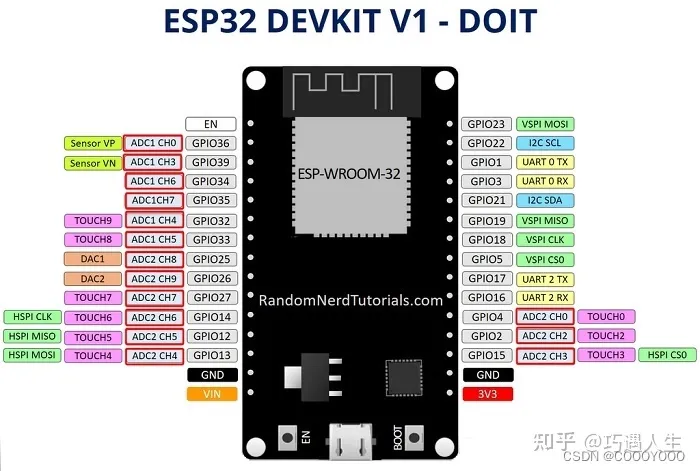 How to resolve the WiFi and ADC2 Sharing Dilemma?4/19/2024 30
How to resolve the WiFi and ADC2 Sharing Dilemma?4/19/2024 30ESP32-CAM can be used in various Internet of Things situations and is suitable for home smart devices, industrial wireless control, wireless Monitoring, QR wireless identification, wireless positioning system signals, and other IoT applications are ideal solutions for IoT applications.
Read More >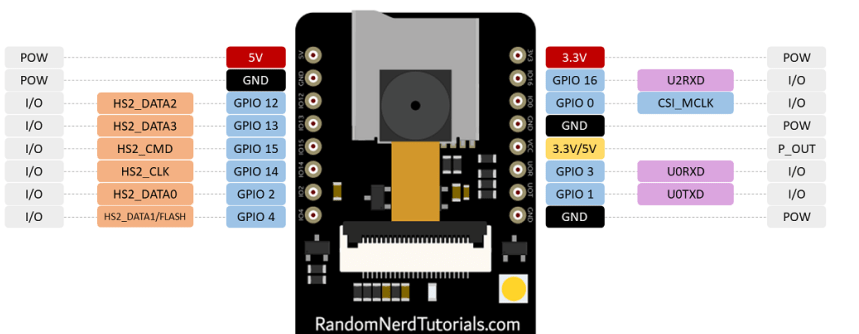 ESP32-CAM Pinout Explanation and How to Use?4/18/2024 83
ESP32-CAM Pinout Explanation and How to Use?4/18/2024 83ESP32-CAM is a development board with an ESP32-S chip, an OV2640 camera, a microSD card slot, and several GPIOs for connecting peripherals. ESP32-CAM is a small-sized camera module. The module can work independently as the smallest system, with a size of only 27*40.5*4.5mm.
Read More >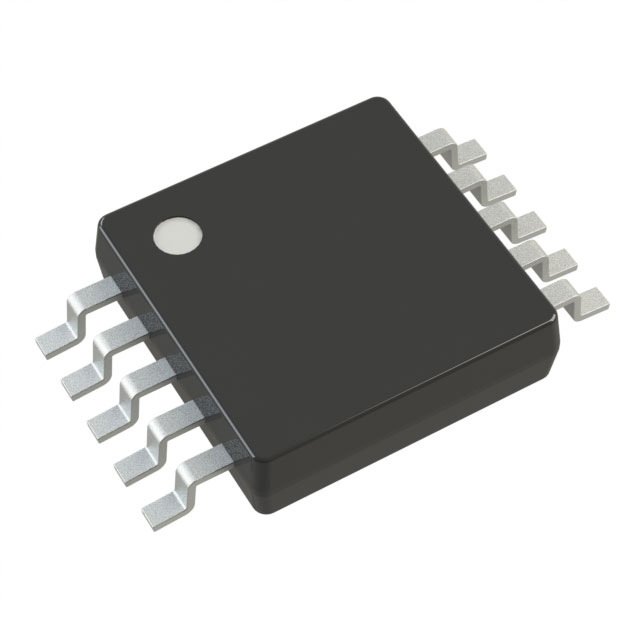 Stand-Alone Linear Li-Ion / Li-Polymer Charge Management Controller MCP738334/9/2024 63
Stand-Alone Linear Li-Ion / Li-Polymer Charge Management Controller MCP738334/9/2024 63The MCP73833/4 is a highly advanced linear charge management controller for use in space-limited, cost sensitive applications. Both a 10-lead, MSOP and a 10-lead, DFN packaging measuring 3 mm by 3 mm are offered for the MCP73833/4. In addition to its tiny size, the MCP73833/4 is perfect for portable applications because it requires a few additional components.
Read More >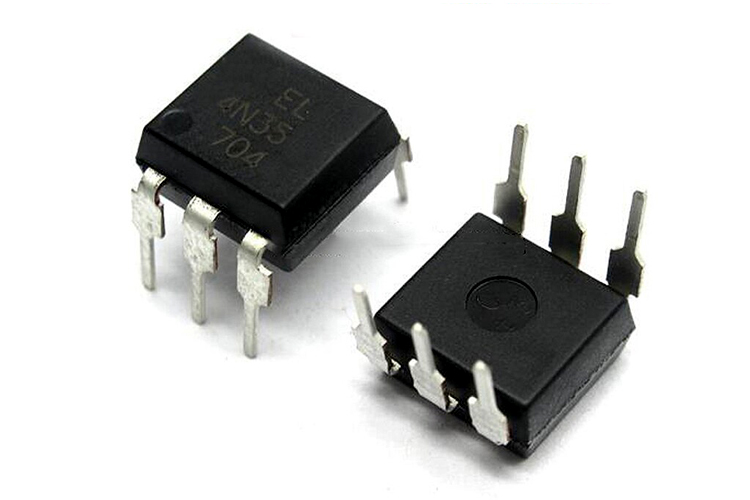 Optocoupler IC 4N35: Pinout, Datasheet, Features and Applications3/26/2024 108
Optocoupler IC 4N35: Pinout, Datasheet, Features and Applications3/26/2024 108In the realm of electronics, where connectivity and isolation are paramount, the 4N35 optocoupler IC stands as a beacon of reliability and versatility. This small yet mighty device plays a crucial role in ensuring signal integrity and safety across a wide range of applications. In this article, we delve into the intricacies of the 4N35 optocoupler IC, exploring its datasheet, pinout, circuit diagram, and diverse uses.
Read More >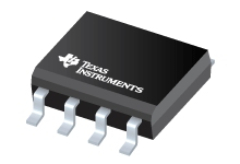 UA741CP datasheet ,Specification, Features and Application3/21/2024 113
UA741CP datasheet ,Specification, Features and Application3/21/2024 113The UA741CP is a general-purpose operational amplifier in an 8-pin DIP package. The high common-mode input voltage range and lack of latch-up make the amplifier ideal for voltage follower applications.
Read More >











